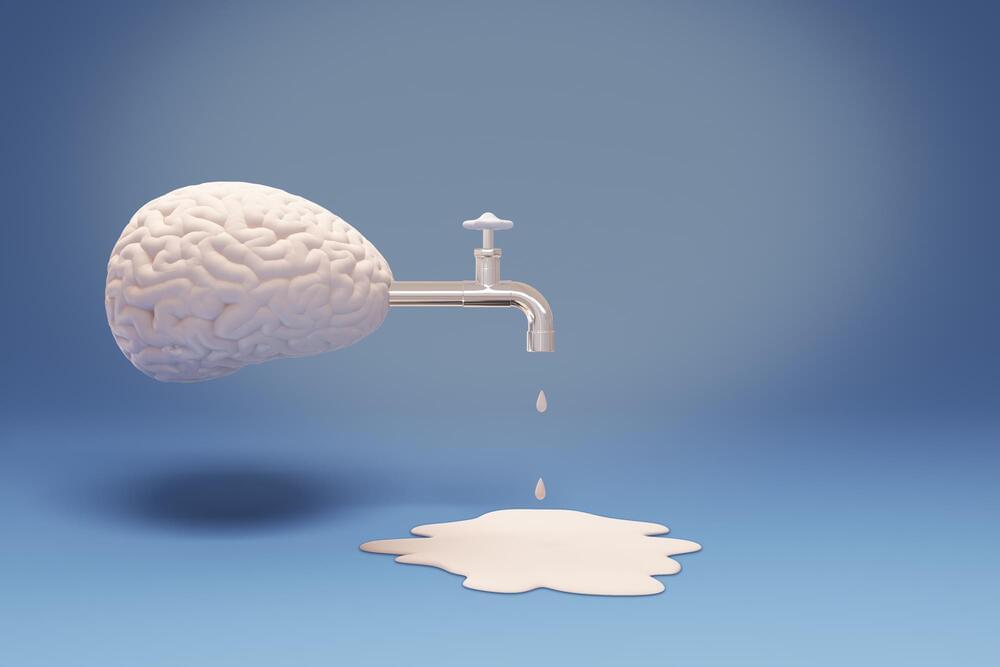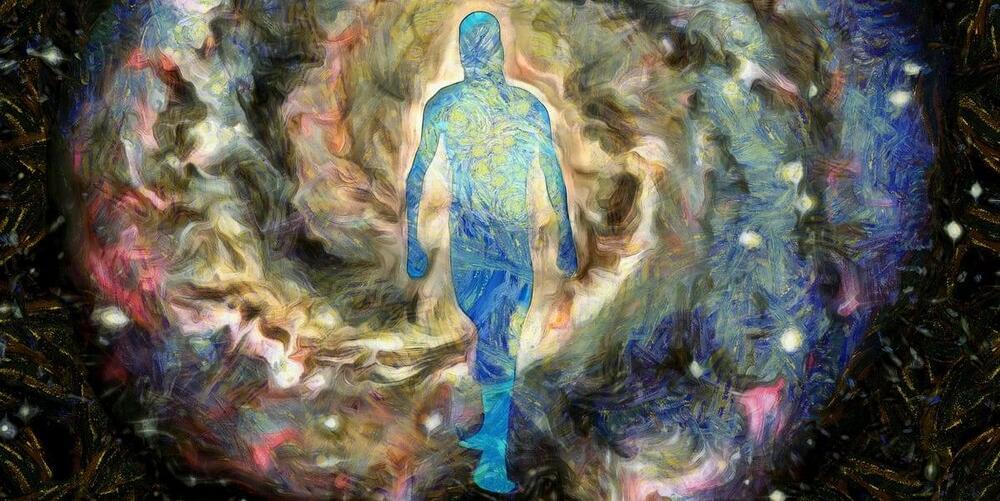Enjoy the videos and music you love, upload original content, and share it all with friends, family, and the world on YouTube.
Get the latest international news and world events from around the world.
Claudia de Rham
Avshalom Elitzur, Claudia de Rham and Harry Cliff debate the relationship between mystery and scientific discovery.
Does science eradicate mystery or expand it?
Watch the full debate at https://iai.tv/video/mystery-in-the-m…
We have the impression that science unravels the mysteries of the universe. But with every mystery solved, a new mystery emerges. The Big Bang gave us an explanation for the expanding universe but left the mystery of how it came about. Quantum mechanics accounted for the strange behaviour of subatomic particles, but led to the puzzle of its conflict with relativity. Dark energy made sense of an accelerating universe but led to the mystery of why we have no evidence for it. Is there a danger that we are making a fundamental mistake in imagining science can eradicate mystery, and do we need to think of science differently as a consequence?
Do we need to abandon the idea that science has the potential to provide a complete explanation? Should we not expect science to eradicate mystery and instead simply require that its theories work well enough for our current aims and purposes? Or is the ability to overcome mystery essential to the effective operation of science and a core idea responsible for its success?
#science #physics #mystery #theoreticalphysics #unknown.


Common drug restores youthful function to clean up aging brains
First described by Nedergaard and her colleagues in 2012, the glymphatic system is the brain’s unique waste removal process that uses cerebrospinal fluid (CSF) to wash away excess proteins generated by energy hungry neurons and other cells in the brain during normal activity.
A drug used to induce labor in pregnant women has been shown to reactivate tiny waste-clearing pumps in the brains of old mice. The finding could hold promise as a new way to fight Alzheimer’s and Parkinson’s diseases and overall cognitive decline.
When our brains are working properly, there is an excess of proteins that build up from the energy intensive processes that take place between our neurons. Those proteins need to be removed in order for the brain to continue to operate properly. When they aren’t, they can gunk up the works, leading to the beta amyloid and tau protein tangles that are a hallmark of Alzheimer’s disease or the build up of alpha-synuclein that accompanies Parkinson’s.
In 2012 Danish neuroscientist, Maiken Nedergaard first described the system that uses cerebrospinal fluid (CSF) to remove waste from the brain and termed it the glymphatic system. Now, Nedergaard and her colleagues have looked deeper into the glymphatic system, focusing on lymph vessels called lymphangions. These are a series of tiny pumps in the neck that are responsible for moving dirty CSF out of the brain and into the lymph system where it ultimately reaches the kidneys to be processed.

Everything in the Universe—Even Aliens—May Share a Form of Consciousness, Scientists Say
“Certainly,” says Christof Koch, Ph.D., a neuroscientist and prominent figure in the field of consciousness studies. “Any complex system, whether evolved on Earth or elsewhere, could be conscious.” What that consciousness might look like is another matter entirely. Could aliens exhibit empathy, self-awareness, love, hate, or fear?
To answer these questions, consider panpsychism, an ancient cosmic theory that suggests consciousness could be a ubiquitous feature of the universe, akin to gravity or charge. This idea, dating back to ancient Greek philosophers like Thales and Plato, has seen a resurgence in the 21st century as mainstream scientific approaches struggle to fully explain consciousness.

SAS Defines Hybrid Reality For Quantum Computing
Quantum is huge. Because quantum computing allows us to step beyond the current limitations of digital systems, it paves the way for a new era of computing machines with previously unthinkable power. Without recounting another simplified explanation of how quantum gets its power at length, we can reference the double-slit experiment and perhaps the spinning coin explanation.
A coin sat on a desk is either heads or tails, rather like the 1s and 0s that express the on or off values in binary code. Quantum theorists would prefer we think of the coin above the desk, spinning in the air. In this state, the coin is both heads and tails at the same time. This is because, at the quantum level, both values exist until we make an observation of its state at any given point in time. We could further increase the number of positions possible (literally known as quantum superposition) by altering the angle of view we take on the coin, which is somewhat similar to how we work with qubits in quantum mechanics.
So then, Schrödinger’s cat is both alive and dead at the same time and the dummies guide to quantum entanglement is out there on the web if needed. What matters most now is how we will make practical use of quantum computing and where it will be applied for best advantage.


The Next Technological Revolution
If you love card games, definitely check out Doomlings. Click here and use code ISAAC20 to get 20% off of your copy of Doomlings! https://bit.ly/IsaacDoomlings.
Technology has shaped our civilization as it grew down the centuries, and since the industrial revolution, each new generation seems defined by some new technological revolution… So what will the next revolution be?
Visit our Website: http://www.isaacarthur.net.
Join Nebula: https://go.nebula.tv/isaacarthur.
Support us on Patreon: / isaacarthur.
Support us on Subscribestar: https://www.subscribestar.com/isaac-a…
Facebook Group: / 1583992725237264
Reddit: / isaacarthur.
Twitter: / isaac_a_arthur on Twitter and RT our future content.
SFIA Discord Server: / discord.
Credits:
The Next Technological Revolution.
Episode 460; August 15, 2024
Produced, Written \& Narrated by: Isaac Arthur.
Editor: Lukas Konecny.
Select imagery/video supplied by Getty Images.
Music Courtesy of Epidemic Sound http://epidemicsound.com/creator.
Stellardrone, \
